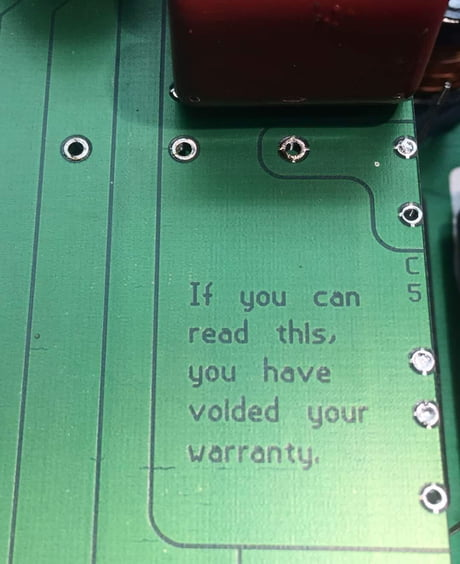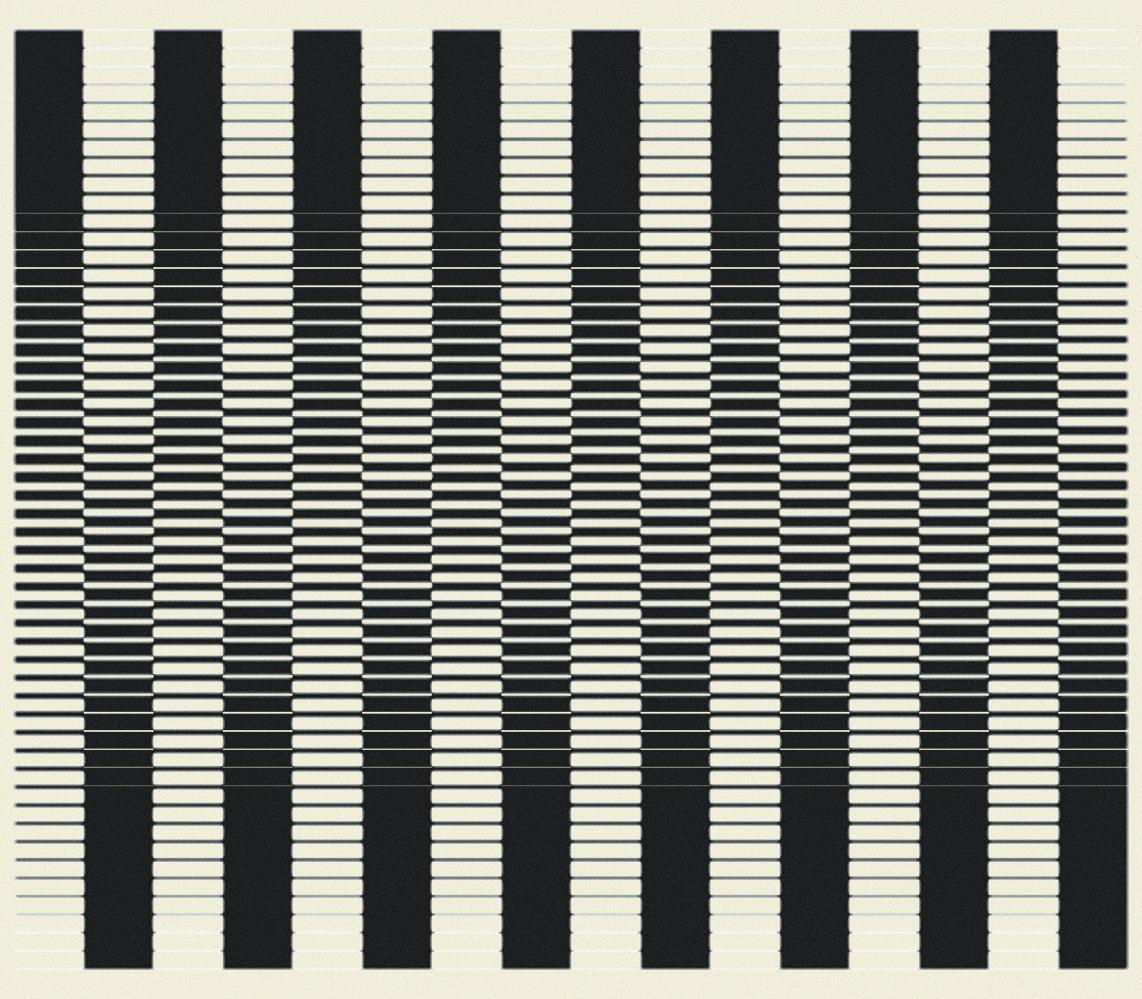LET’S BE FWENDS ISSUE #83:
GETTING REAL WITH AGILE
“If you don’t have a plan, you become part of somebody else’s plan.”
~ Terence McKenna
Today, we’re getting real with (our) Agile. we have a look at how Scrum and Agile relate to each other, and what Scrum without Agile looks like. Then, we discuss how such a problem might manifest itself in the way we’re analysing requirements and building our software, and how we could be infinitely better at it. And finally, we reflect on how we can use the Cynefin-framework to facilitate retrospective, and have a look at a tree that is struck by lightning.
How you can do Scrum without being Agile, and how you get out of it

I like to say “Scrum is a framework. Agile is a mindset”. But is it possible to do Scrum (applying the framework to your work) without being agile (embracing the mindset)? Yes, of course it is. And you’ve probably seen it, too. In fact, I’d argue that most Scrum teams in large, traditionally-built organisations face situations where it is tough or simply impossible to apply the agile mindset.
Why? Because in the end, living a mindset is all about organisational culture.
Doing a half-waterfall

Bill Wake shares an interesting observation on a common pattern he calls “Half-Waterfall”- most likely the result of a hierarchical, plan-driven overall organisation and an agile minded product development:
The tight Agile development loop is decoupled from its feedback elements - instead of Build - Release - Learn - Adapt in tightly coupled timeboxed activities, it’s Analyse - Build in Iterations - Release - Learn - Adapt.
Requirements are analysed well before development starts, and the opportunities to get feedback from the market are less frequent because of slower release cycles.
It’s Agile embedded into a planning environment.
What happens when you do it right. Like, really right.

If you can escape this half-waterfall environment, what awaits if you get CI/CD (Continuous Integration / Continuous Delivery or Deployment) right? Lots of good stuff, Charity Majors thinks.
The basic idea reminds me of how we learn: The more often we do something, the better we become at it. Here’s an analogy: A pottery teacher divides their class into two groups. Both get the task to make the perfect pot. One group is told to build as many pots as possible, because they will be graded based on the number of pots they make. The other group is told to just build one pot, a perfect one, and they can theorise about potmaking as much as they want.
Who do you think will make a better pot?
Using the Cynefin framework to facilitate retrospectives

The Cynefin framework has come to a certain notoriety in Agile circles, mostly as a theoretical backdrop to support the idea why Agile practices are so deeply rooted in experimentation, reflection and adaptation.
Enrico Teotti uses Cynefin as a practical tool and applies it to his retrospectives.
Tree struck by lightning

This reminds me of how it feels when you have a great idea: Energy bursting out from within you, lightening up everything around you. Hopefully, you don’t disintegrate like this tree, though.
That’s it for this edition of Let’s Be Fwends, is it just me or is the lack of cat content taking a toll? 🐈
Subscribe to Let's be Fwends